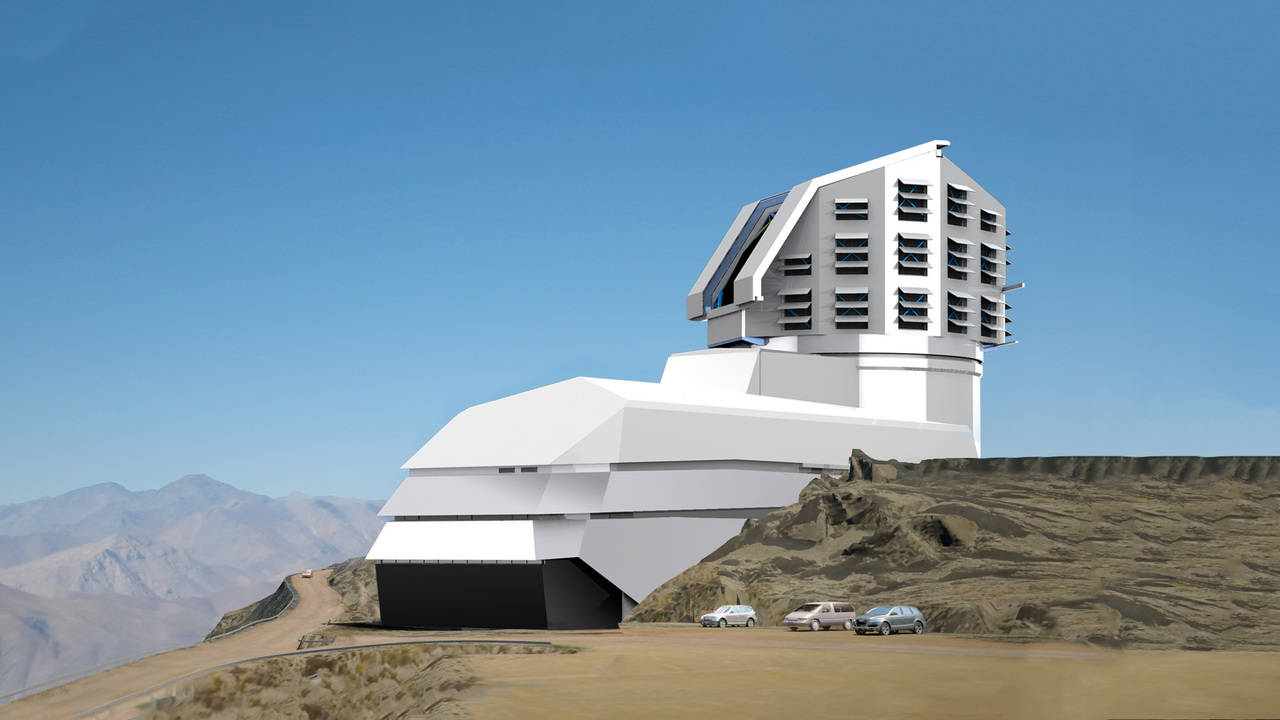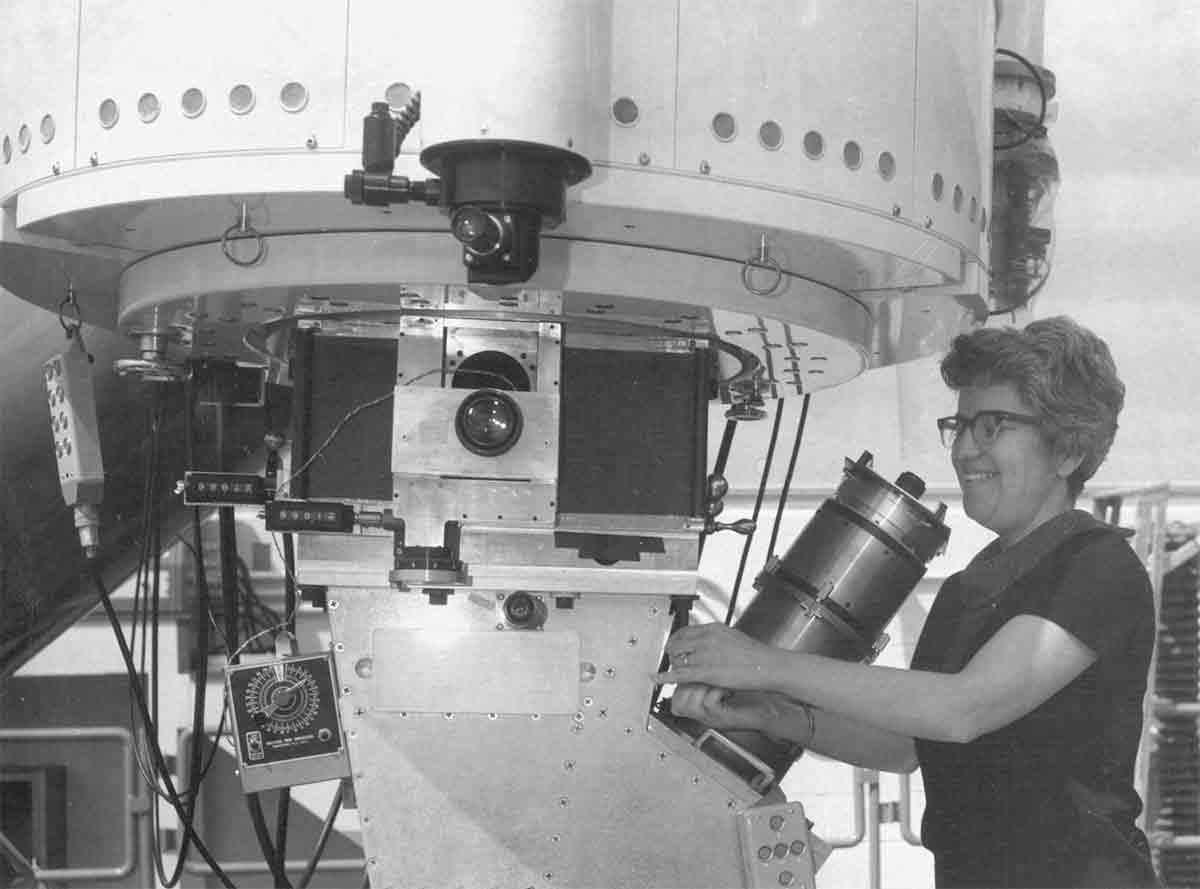Overview: The Vera C. Rubin Observatory (formerly known as the Large Synoptic Survey Telescope) is one of the next generation of great observatories, designed to conduct a ten- year survey of the dynamic Universe. The Rubin Observatory has an exceptionally wide field of view and the ability to survey the entire visible sky every three nights. The astronomical catalogs produced by the Rubin Observatory will be thousands of times larger than from the largest current surveys. Astronomers will use this wealth of data to better understand dark matter and dark energy, the formation and structure of the Milky Way, the transient optical sky, hazardous asteroids, and the remote solar system.
In the ten-year survey lifetime, the Vera C. Rubin Observatory Legacy Survey of Space and Time (LSST) will map tens of billions of stars and galaxies. The survey data will be processed in real time, and every object that has appeared to change in brightness or moved – from exploding supernovae on the other side of the Universe to asteroids that might impact the Earth – will be identified and sent to the community for follow-up and more detailed characterization.
The Rubin LSST survey will produce an enormous volume of data: 15 terabytes (TB) of raw data per night, for a total amount of data collected over the ten years of operation of 60 petabytes (PB). Processing this data will produce a catalog of 40 billion astrophysical sources and 30 trillion time-dependent brightness measurements. The survey will generate 10 million alerts of variable sources every 60 seconds.
IPAC is a partner in the Rubin Observatory and is building the Science User Interface and Tools (SUIT) components for the Rubin LSST Science Platform, the environment that will enable the astrophysical community to access and work with Rubin LSST data. IPAC is building a state-of-the-art interface and set of tools to allow the community to access, interact with, evaluate, and process the Rubin LSST data, built upon the legacy of IPAC’s mission support from IRAS through Spitzer and beyond.
IPAC is adapting and expanding the web-based JavaScript visualization tools known as Firefly, used in the currently operational Infrared Science Archive, to work within a Python-based computing environment. This will enable users to process and manipulate data, working seamlessly across both a graphical environment and a Python prompt. The combination of the JavaScript visualization tools, the Python notebook environment, and the computing and storage resources provided by the Rubin Observatory will enable scientific exploration of the Rubin LSST data by scientists throughout the world.
The JavaScript visualization tools allow users to display and manipulate images, tables of data, and plots of data. Through the connection to the Python programming environment, users will be able to perform complex calculations on the images and data, enabling astronomers to understand and explore the data without having to download the data first. With the size of the LSST dataset, downloading the data before exploring or processing the data is unrealistic, even with today’s computational and networking resources. The environment being developed by IPAC, in collaboration with the other Rubin Observatory partners, will make the data available for exploration remotely and will foster scientific collaborations across the globe.
The construction of the Rubin Observatory is supported by the National Science Foundation (NSF), the Department of Energy (DOE) Office of Science, and private funding raised by the LSST Corporation.








